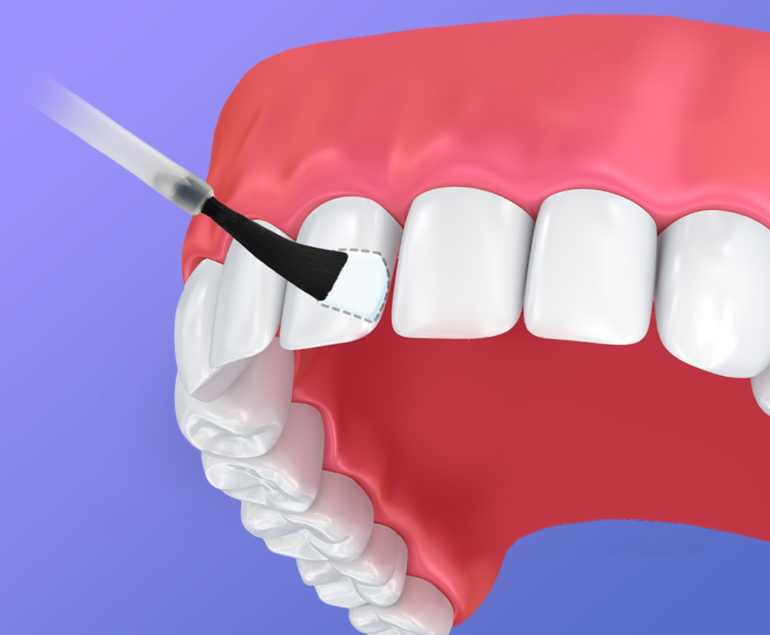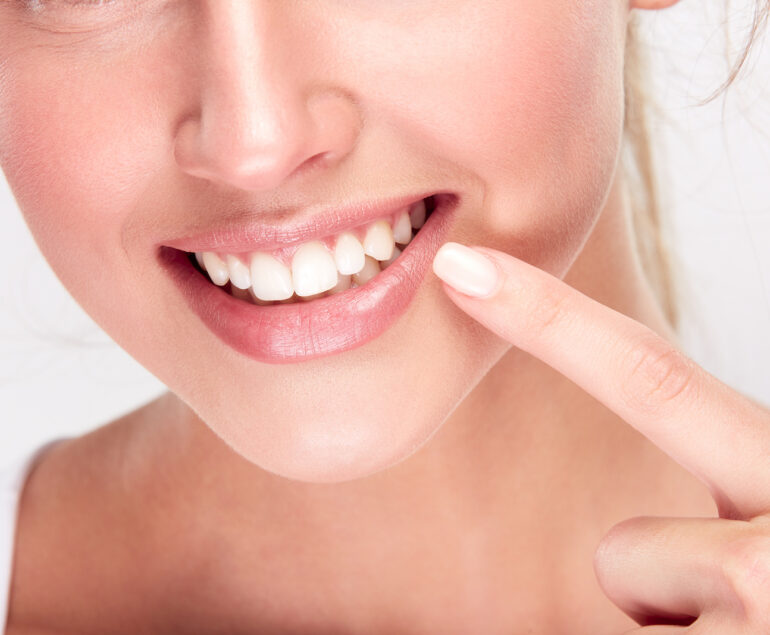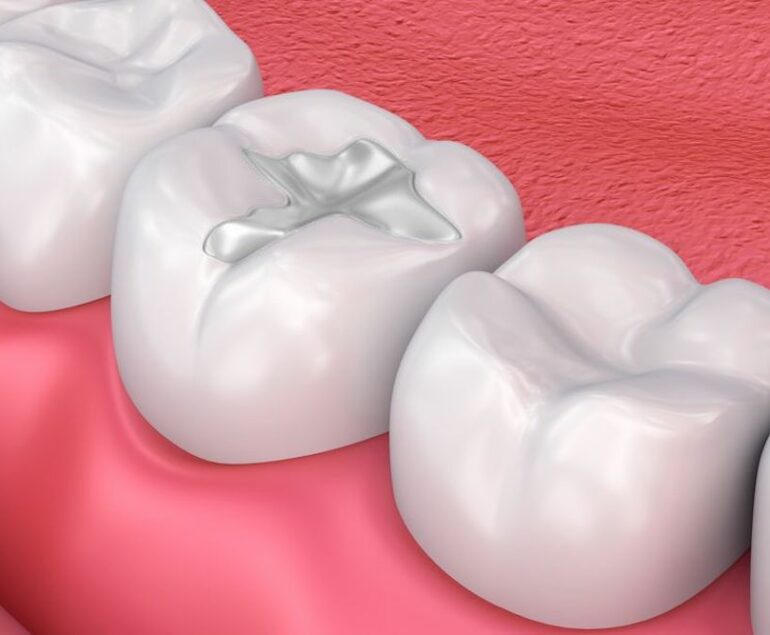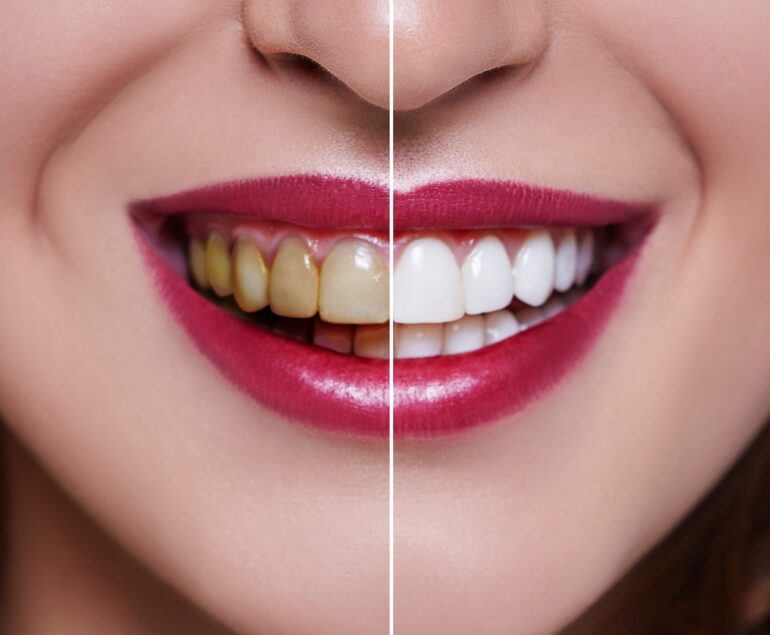Dental Bonding
If you have a chipped, cracked, or discolored tooth, a cosmetic dental procedure like tooth bonding can give you back your smile.
Tooth bonding is a procedure performed by one of our dentists by applying a tooth-colored very tough material to one or more of your teeth to repair damage. It’s a cost-effective solution and is considerably less expensive than other cosmetic dental procedures.
What is dental bonding? How does it work?
Tooth bonding is simpler than other cosmetic dental procedures. So simple that this procedure doesn’t typically require anesthesia — unless you’re filling a cavity — and it doesn’t require multiple visits to our dental office.
To begin, your dentist will use a shade guide to choose a material color that closely matches the color of your natural teeth. They’ll roughen the surface of the tooth, and then apply a liquid that allows the bonding agent to stick to the tooth.
Then, your dentist applies the material over the liquid, molds or shapes the tooth, and then hardens the material with ultraviolet light.
If necessary, your dentist can further shape the tooth after the material hardens.
Why choose teeth bonding?
Tooth bonding can fix a defect or imperfection within a tooth. Sometimes, bonding can be used to repair a decayed, cracked, or discolored tooth. This procedure can also close small gaps between teeth.
Tooth bonding can also increase the size of a tooth. For example, maybe you have a tooth that’s shorter than the rest, and you want them all to be the same length.
Bonding is a fast procedure and doesn’t require any downtime. If you don’t need anesthesia, you can continue with your normal daily routine after the procedure. Typically, tooth bonding takes between 30 to 60 minutes. Some appointments may run longer depending on the extent of the procedure.
Are there any risks of teeth bonding?
Dental bonding doesn’t have any major risks.
Keep in mind that as strong as the material that is used with this procedure is, it isn’t as strong as your natural teeth. It’s possible for the material to chip or separate from your real tooth. Chipping or breaking doesn’t occur as often with a crown, veneer, or filling.
A bonded tooth might chip if you eat ice, chew on pens or pencils, bite your fingernails, or bite down on hard food or candy.
The material also isn’t as stain-resistant as other dental materials. You may develop some discoloration if you smoke or drink a lot of coffee.
How to prepare for teeth bonding
Tooth bonding doesn’t require special preparation. But you’ll need to consult our office to see if you’re a candidate for this procedure. Bonding might not work if you have severe tooth damage or decay. You may need a veneer or crown instead.
How to care for bonded teeth
Taking care of your teeth helps extend the life of a bonded tooth. Self-care tips include:
- brushing at least twice a day and flossing daily
- avoiding hard food and candy
- not biting your nails
- avoiding coffee, tea, and tobacco for the first two days after the procedure to avoid stains
- scheduling regular dental cleanings every six months
Call us if you accidentally chip or break the bonding material, or if you feel any sharp or rough edges after the procedure.
In Short…
A healthy perfect smile is a confidence booster. If you have discoloration, a chipped tooth, or a gap and you’re looking for an inexpensive repair, call us for a consultation.
We can determine whether this procedure is right for you, and if not, recommend other options to improve the appearance of your teeth.







